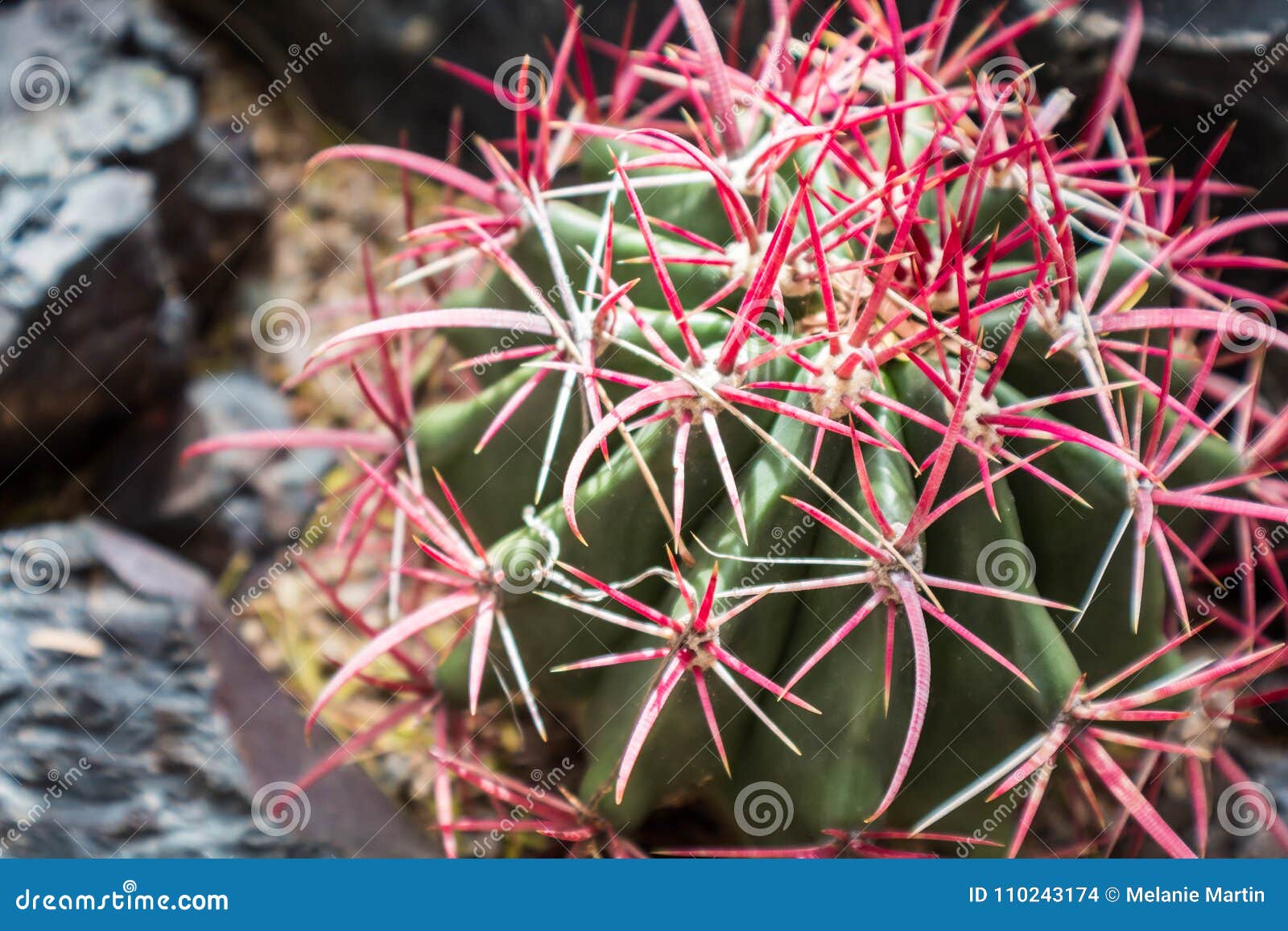Cacti are an essential part of the diverse flora of arid environments, and those adorned with bright red spines stand out particularly in the world of succulents. These unique plants not only catch the eye of enthusiasts but also evoke a deeper appreciation for their resilience and beauty. The allure of cacti with red spines extends beyond their aesthetic appeal; these remarkable adaptations tell a story of evolution and survival in challenging environments.
In this article, we will explore several beautiful cactus varieties characterized by their striking red spines. We will delve into their habitats, evolutionary advantages, and the ecological roles they play, enriching our understanding of these fascinating plants.
Understanding the Allure of Red Spines
The most common observation among cactus aficionados is the vibrant contrast between green flesh and vivid red spines. This striking dichotomy serves not only an aesthetic purpose but also functional ones. The red hue of the spines is often due to the presence of anthocyanins, pigments that provide protection against UV radiation. This capability allows cacti to thrive in intense sunlight, where other plant species may falter. The spines themselves, a modified form of leaves, offer shade to the cactus body, reducing temperature fluctuations and moisture loss.
The vibrant coloration may also act as a visual signal, attracting specific pollinators or seed dispersers that are drawn to bright colors. Furthermore, red spines can enhance the plant’s defense mechanisms, deterring herbivores that may be deterred by the color’s association with toxicity in the broader ecosystem.
As we navigate through the remarkable varieties of cacti adorned with red spines, it becomes clear that their appearance is a fascinating blend of beauty and functionality.
Varieties of Cacti with Red Spines
Among the plethora of cactus species, several stand out for their remarkable red spines. Here, we delve into some of the most captivating examples that embody the extraordinary beauty of these spiny adornments.
Golden Barrel Cactus (Echinocactus grusonii)
The Golden Barrel Cactus is a quintessential example of a cactus that boasts attractive red spines. While its primary coloration is a rich, golden yellow, the contrast with reddish spines enhances its visual appeal. This solitary species grows in hemispherical shapes, reaching up to three feet in diameter.
Native to the arid desert regions of Mexico, this cactus is highly sought after for ornamental use. Its spines are not only beautiful; they serve to protect the cactus from herbivores and conserve moisture by reducing airflow around the plant. The allure of the Golden Barrel Cactus lies also in the intricate arrangement of its spines, which spiral elegantly around its body, creating a mesmerizing display.
Claret Cup Cactus (Echinocereus triglochidiatus)
The Claret Cup Cactus is a striking perennial found across the southwestern United States and northern Mexico. This small, cylindrical cactus is often spotted in rocky crevices, displaying red spines that can appear almost fiery against its green body. What truly sets this species apart is its vibrant red or orange flowers, which bloom in spring and attract a host of pollinators.
The Claret Cup Cactus demonstrates remarkable resilience in harsh environments, thriving in dry, rocky soils. Its magnificent hues are not merely ornamental; they reflect evolutionary adaptations that enhance its survival in a precarious habitat.
Fireball Cactus (Ferocactus)
The Fireball Cactus, a splendid member of the Ferocactus genus, is celebrated for its spherical shape and extensive spination. With its prominent red spines radiating from a green body, this cactus captivates the imagination of collectors across the globe. The colors vary among varieties, but many exhibit a striking contrast that is particularly enchanting.
The Fireball Cactus is a quintessential survivor of desert heat, with adaptations that enable it to store water and minimize water loss. Its size, usually not exceeding two feet in height, makes it a perfect candidate for container gardening and xeriscaping.
Ecological Significance of Cacti with Red Spines
Beyond their aesthetic appeal, cacti with red spines play vital roles in their ecosystems. These species contribute to biodiversity in arid environments by offering food and shelter to various wildlife, including birds, insects, and small mammals. Their flowers attract pollinators, forming a crucial link in the food chain.
Moreover, these cacti help stabilize the soil, preventing erosion in harsh landscapes. The intricate networks of spines can trap moisture and organic matter, creating microhabitats for other plant species. The survival strategies of cacti, including their colorful spines, illustrate nature’s ingenuity in overcoming the challenges posed by climate and environment.
Moreover, the study of cacti with red spines offers insights into their potential uses in horticulture and sustainable landscaping. By using these resilient species, we can create beautiful, drought-tolerant gardens that thrive with minimal water input, demonstrating a harmonious relationship between humans and the environment.
Conclusion
Cacti with red spines are more than just aesthetic marvels; they represent a perfect blend of beauty and functionality. Their radiant colors and formidable structures evoke curiosity and admiration from those who encounter them. By appreciating these varieties, we gain a deeper understanding of the evolutionary processes that have shaped them and their essential roles in maintaining ecological balance. Whether for ornamental purposes or ecological study, these stunning plants continue to captivate and inspire.





Leave a Comment